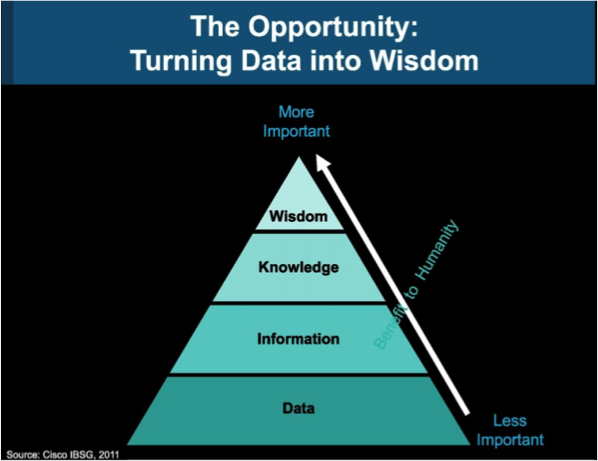By Tim Levin
View the original article here.
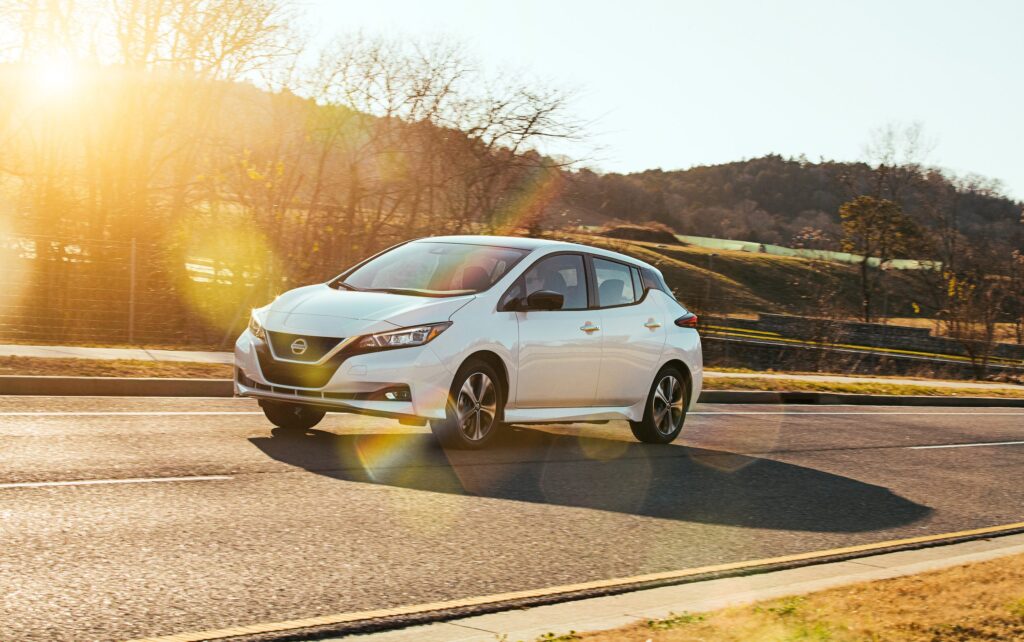
- Last year saw numerous developments in the electric-vehicle space, from manufacturers like Tesla, Ford, and Porsche.
- In addition to the developments, carmakers made claims about how fast they’ll be introducing new electric and hybrid vehicles over the next few years — partially in response to tightening efficiency and emissions standards.
- Some manufacturers have revised their earlier estimates and are planning to reach electrification targets sooner than expected.
The electric-vehicle market made big gains in 2019, across multiple car manufacturers — and the industry has even bigger plans for the years to come.
Rivian, for example, closed out the year with an extra $1.3 billion in investments. Tesla turned a profit, debuted the Cybertruck, delivered the first Model 3s built in its Shanghai plant, and announced a boosted range on its Model S and Model X. On the luxury end of the spectrum, the Audi E-Tron went up for sale, Porsche started production on the Taycan performance car, and Lamborghini announced its first hybrid supercar.
While plenty of tangible EV-related developments happened in 2019, it was also a year of promises made. As of late last year, auto manufacturers had pledged to spend a total of $225 billion developing new EVs in the near future, via The Wall Street Journal.
Increasingly restrictive emissions and fuel-efficiency regulations around the globe — but not so much in the US — are compelling carmakers to roll out vehicles more able to fit within those restrictions. Accordingly, in recent years, manufacturers have advertised a whirlwind of plans and timelines for bringing more EVs to market.
Scroll down to read more about what automakers see in their EV future.
Toyota
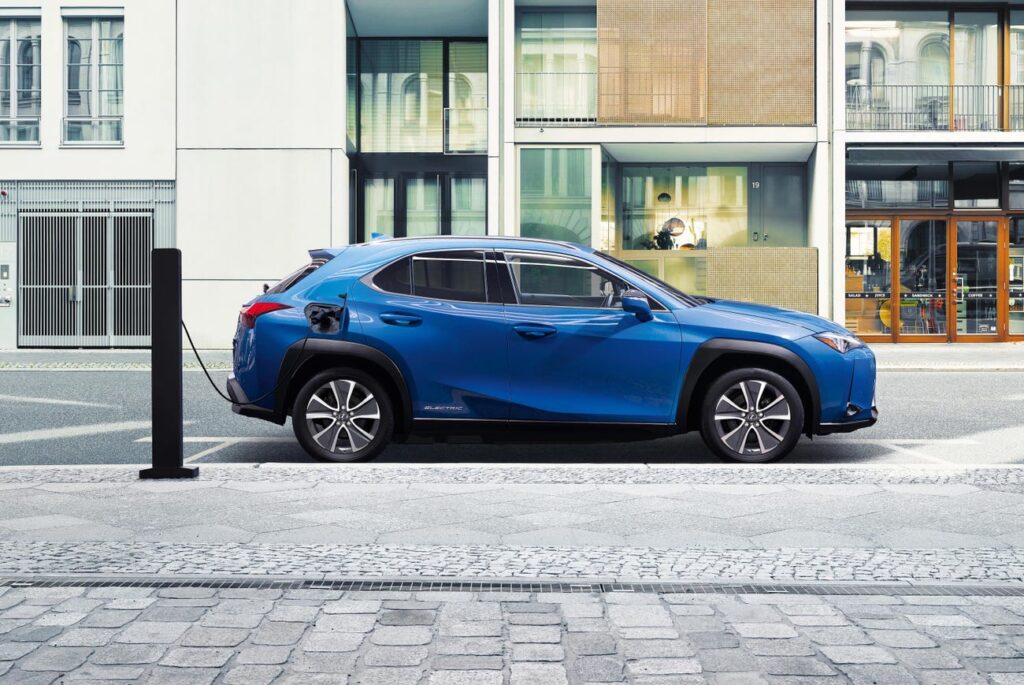
Toyota
Toyota — whose cars currently make up more than 80% of the global hybrid vehicle market, according to Reuters — announced plans to generate half of its sales from electrified vehicles by 2025, five years earlier than it previously estimated. Despite having its own battery-making operation already, Toyota will partner with Chinese battery manufacturers to meet demand.
Volkswagen Group
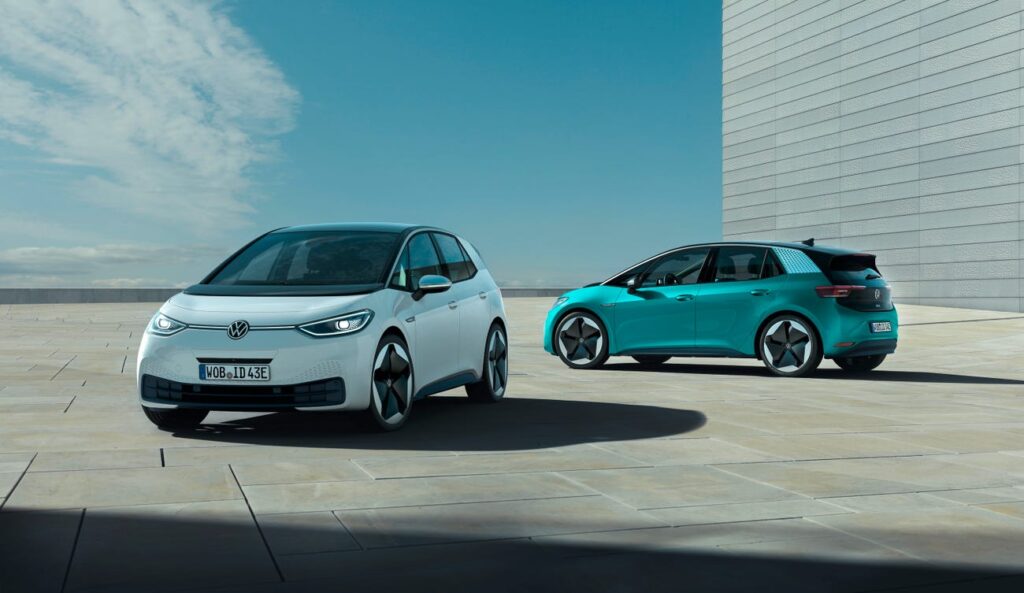
Volkswagen
Last year, Volkswagen said it will spend more than $30 billion developing EVs by 2023. The manufacturer also aims for EVs to make up 40% of its global fleet by 2030. Not to mention, Volkswagen plans to reach its target of 1 million electric cars produced by the end of 2023, two years ahead of its prior predictions.
General Motors
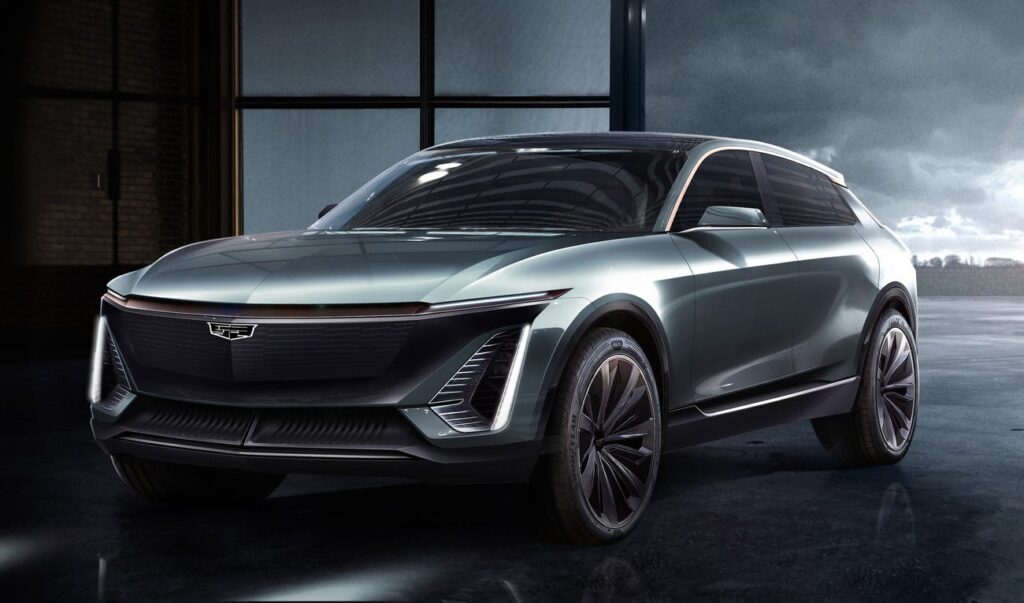
GM
In 2019, General Motors said Cadillac will be its lead brand when it comes to electric vehicles. Cadillac’s president said the majority of the brand’s models would be electric by 2030, and left open the possibility that the lineup would go entirely electric by then. He also confirmed that Cadillac would roll out a large Escalade-like electric SUV, which it expects to begin manufacturing in late 2023.
Ford
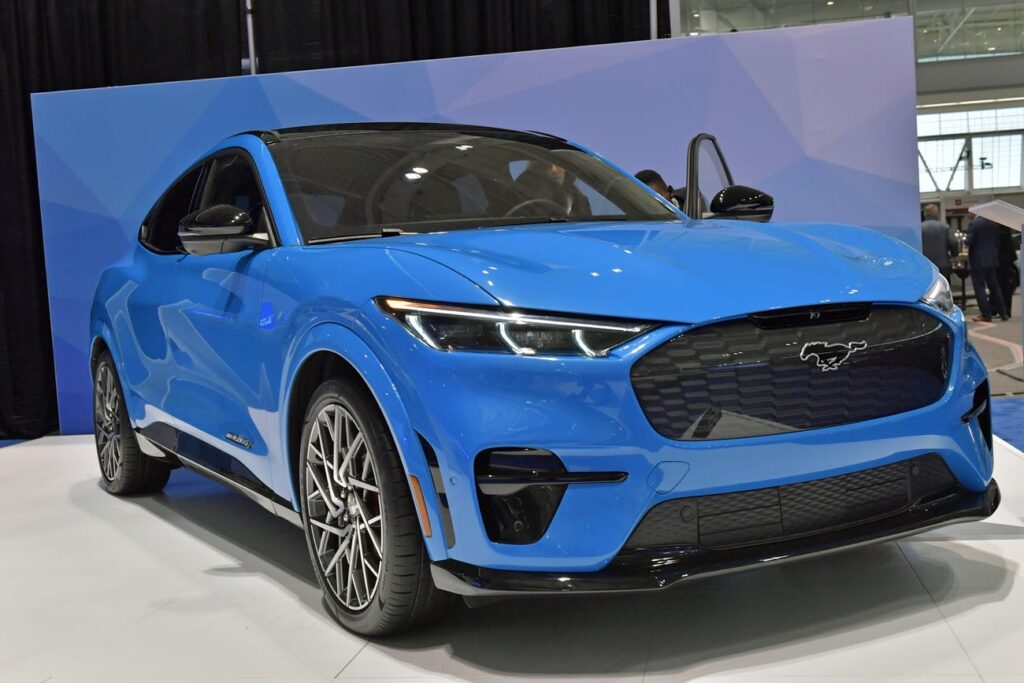
Paul Marotta/Getty Images
Last year, Ford unveiled the Mustang Mach-E, an electric crossover that gets its name from the company’s iconic sports car. But that wasn’t the only EV Ford had plans for. In 2018, Ford’s CEO said an increased investment in electric-car initiatives would result in a 2022 model lineup that includes 40 electric and electrified vehicles.
In 2019, Ford Europe said it will offer an electrified option for all of its future nameplates and announced at the Detroit Auto Show that a fully electric F-150 would launch in the coming years. The Blue Oval also showed off a lineup of 17 hybrids and EVs — both family haulers and commercial vehicles — it plans to bring to the European market by 2024.
Volvo
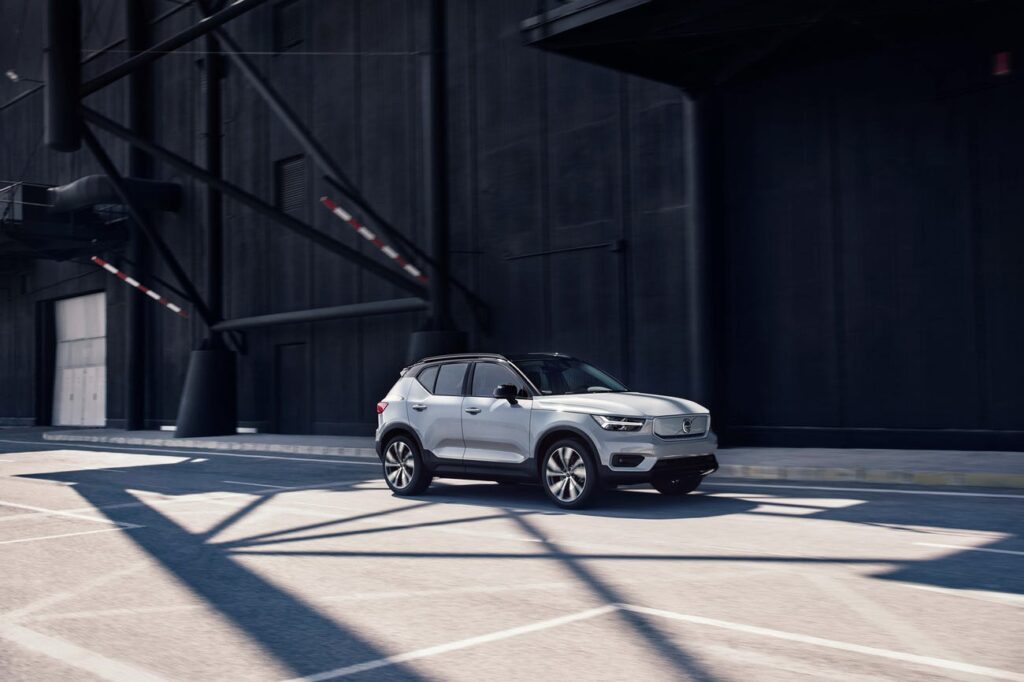
Volvo
Last year, Volvo released its first electric vehicle, the XC40 Recharge, which it expects will go on sale in the US in the fourth quarter of 2020. The brand also doubled down on its pledge to generate 50% of its global sales from EVs by 2025 and promised that, by the same year, it will reduce the total carbon footprint of each vehicle manufactured by 40%.
Plus, Volvo said it will release a new EV every year for the next five years. This is all part of the Swedish company’s plan to become fully climate neutral by 2040.
Honda
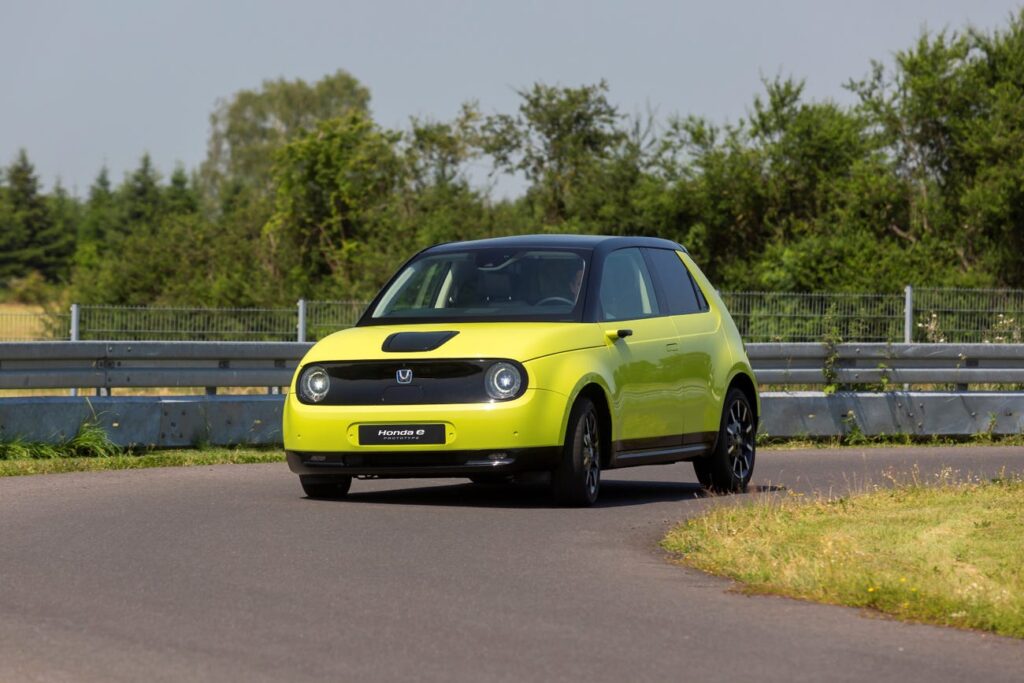
Honda revealed its Honda E city car in 2019, and also said every model it sells in Europe will be at least partially electrified by 2022. That’s a big jump from Honda’s earlier projections of a full lineup of electrified cars by 2025. The fully electric Honda E and hybrid Jazz, known as the Fit to US consumers, will jumpstart the initiative.
BMW Group
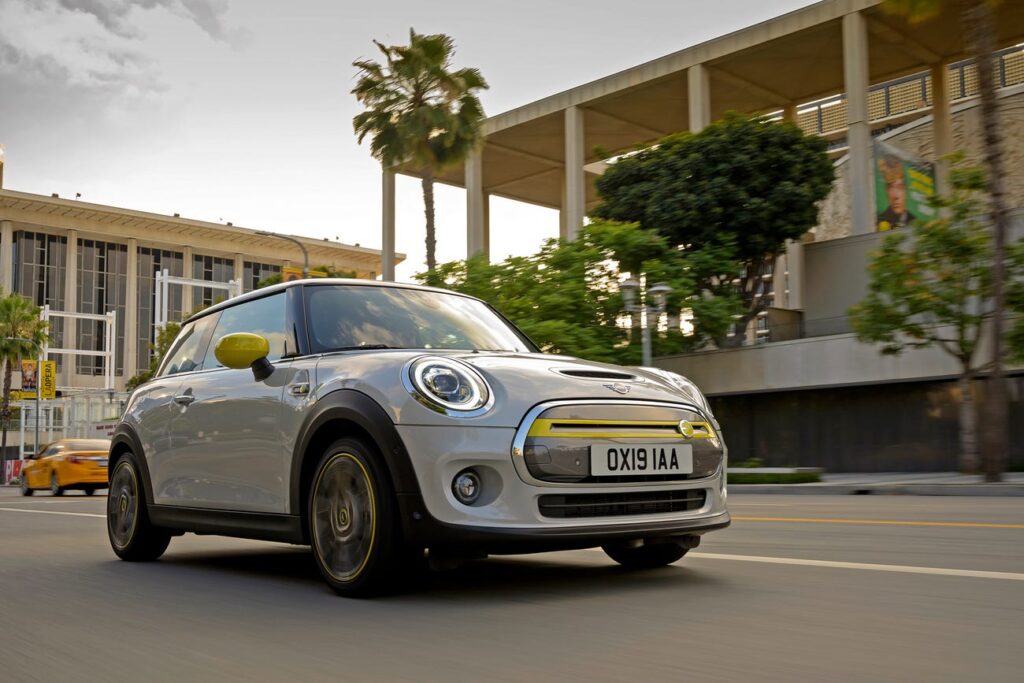
MINI
In 2017, BMW Group projected that electrified vehicles — a term that doesn’t necessarily equate to fully electric vehicles — would account for 15% to 25% of its sales by 2025.
In working toward that projection, BMW Group unveiled the electric Mini Cooper SE last year, targeting it toward “urban mobility.” In June, the Bavarian brand said it will offer 25 electrified vehicles by 2023, two years earlier than it had initially planned. One of those new models — an electric version of the 1 Series hatchback — may arrive as early as 2021.
BMW also projects a twofold increase in electrified vehicle sales by 2021, as compared with 2019, and a 30% growth in those sales year over year through 2025.
Nissan
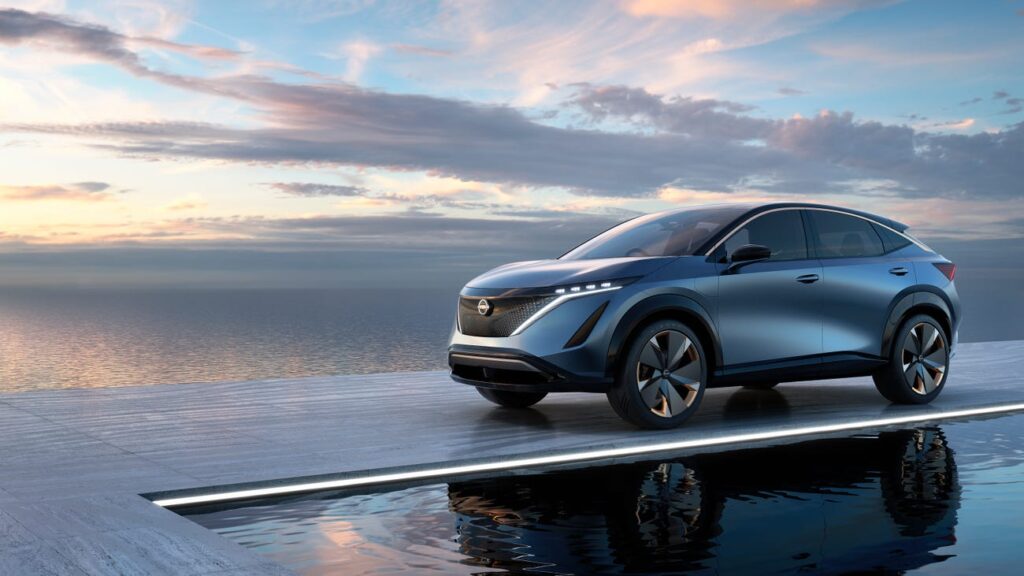
Nissan
Nissan launched the Leaf Plus with a longer range last year, and plans to introduce eight new electric cars by 2022.
At last year’s Tokyo Motor Show, the brand unveiled the concept version of its new Ariya EV, and Car and Driver reported late last year that a production version could make it to the US by 2021. Nissan claims the high-performance crossover will travel 300 miles on a single charge and go from 0 to 60 mph in less than five seconds.
Fiat Chrysler Automobiles
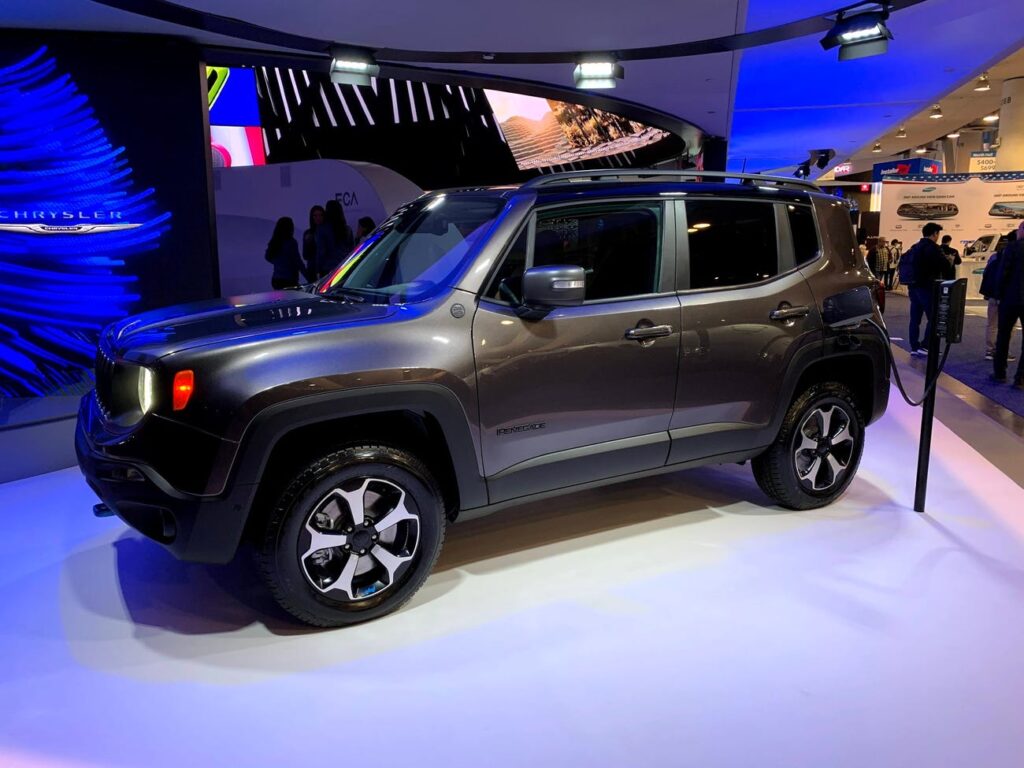
Mark Matousek/Business Insider
In 2018, Fiat Chrysler announced it would invest $10.5 billion in electrification through 2022. By that year, FCA plans to offer at least 12 hybrid and all-electric powertrain options and launch more than 30 electrified nameplates. As part of that effort, the company announced a $4.5 billion investment in new and existing plants last year that would allow it to produce at least four plug-in hybrid Jeep models.
FCA began making good on that promise when it displayed plug-in hybrid versions of the Compass, Renegade, and Wrangler at the Consumer Electronics Show earlier this month.
Daimler
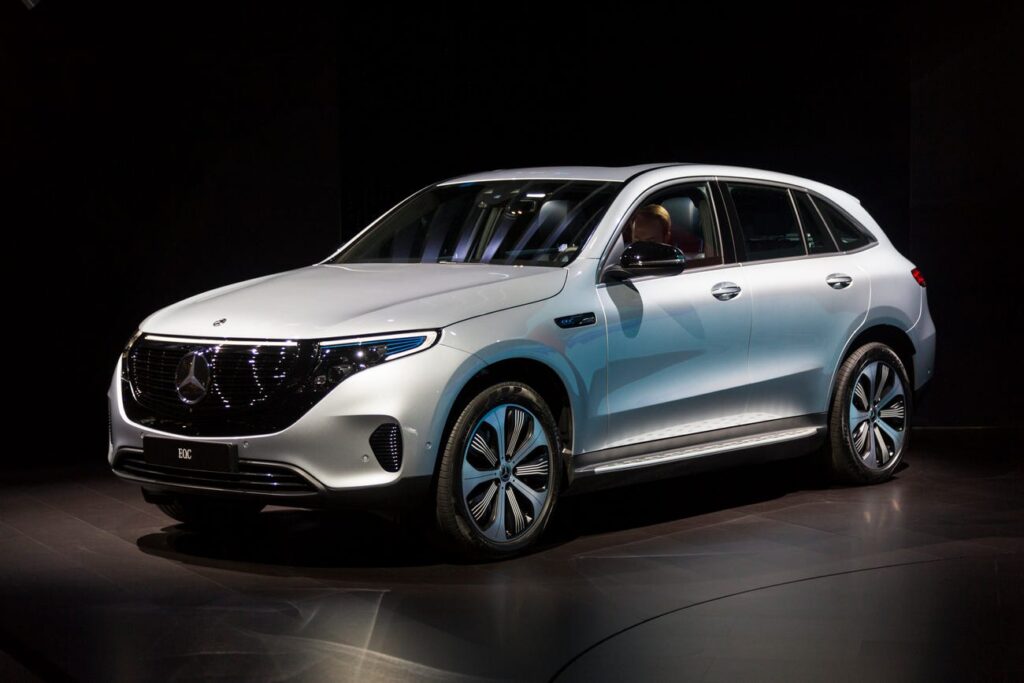
Hollis Johnson/Business Insider
In 2017, Daimler, the parent company to Mercedes-Benz, unveiled plans to plunge more than $11 billion into developing its EQ series of electric cars, with the aim of introducing more than 10 EVs by 2022. The company also plans to offer at least one electric option in every Mercedes-Benz model series. Last year, Daimler confirmed that an all-electric G-Wagen is in the works.


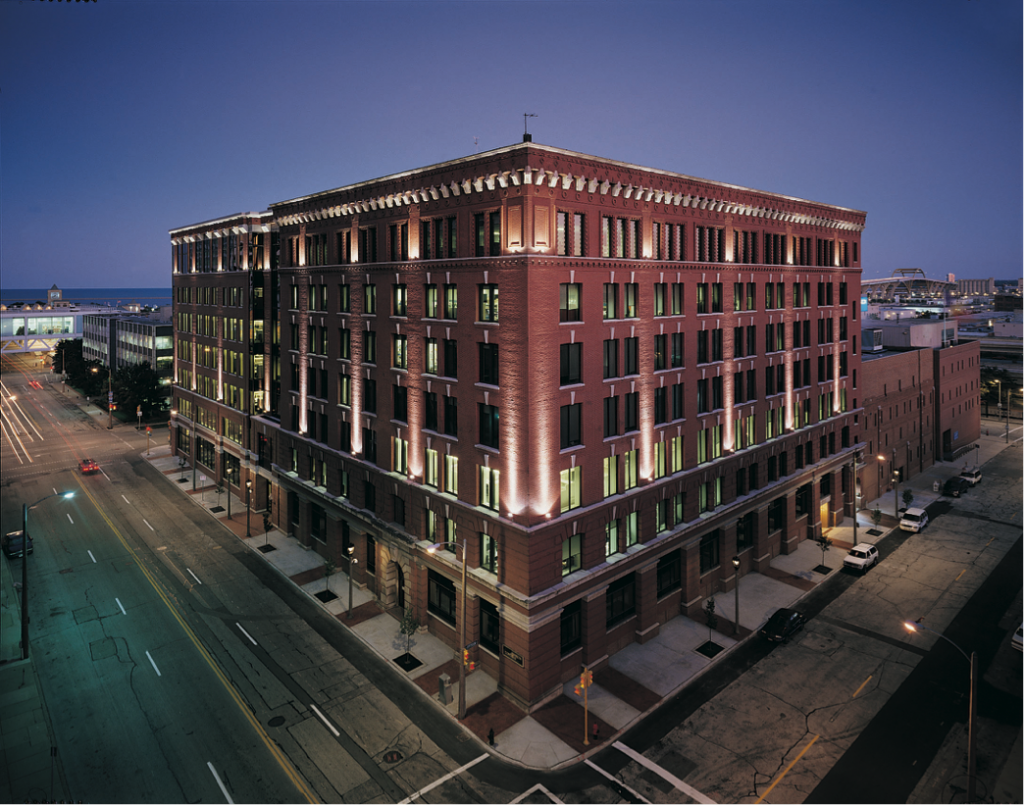
 ans nearly 198,000 years to accumulate, and used that as the benchmark; the amount of human knowledge would take another 1,500 years to double. With the introduction of the printing press, the pace of growth in human knowledge started to accelerate with another doubling occurring in about 250 years. By 1900 (around 150 years), human knowledge had doubled again. By the end of World War II, knowledge was doubling every 25 years. At the time Critical Path was published, Fuller estimated that human knowledge was doubling every 18 months. Now, Human knowledge is estimated to double every 13 months. With the internet and other advances in human communication and data storage, IBM predicts that human knowledge is soon to double every 12 hours.
ans nearly 198,000 years to accumulate, and used that as the benchmark; the amount of human knowledge would take another 1,500 years to double. With the introduction of the printing press, the pace of growth in human knowledge started to accelerate with another doubling occurring in about 250 years. By 1900 (around 150 years), human knowledge had doubled again. By the end of World War II, knowledge was doubling every 25 years. At the time Critical Path was published, Fuller estimated that human knowledge was doubling every 18 months. Now, Human knowledge is estimated to double every 13 months. With the internet and other advances in human communication and data storage, IBM predicts that human knowledge is soon to double every 12 hours.